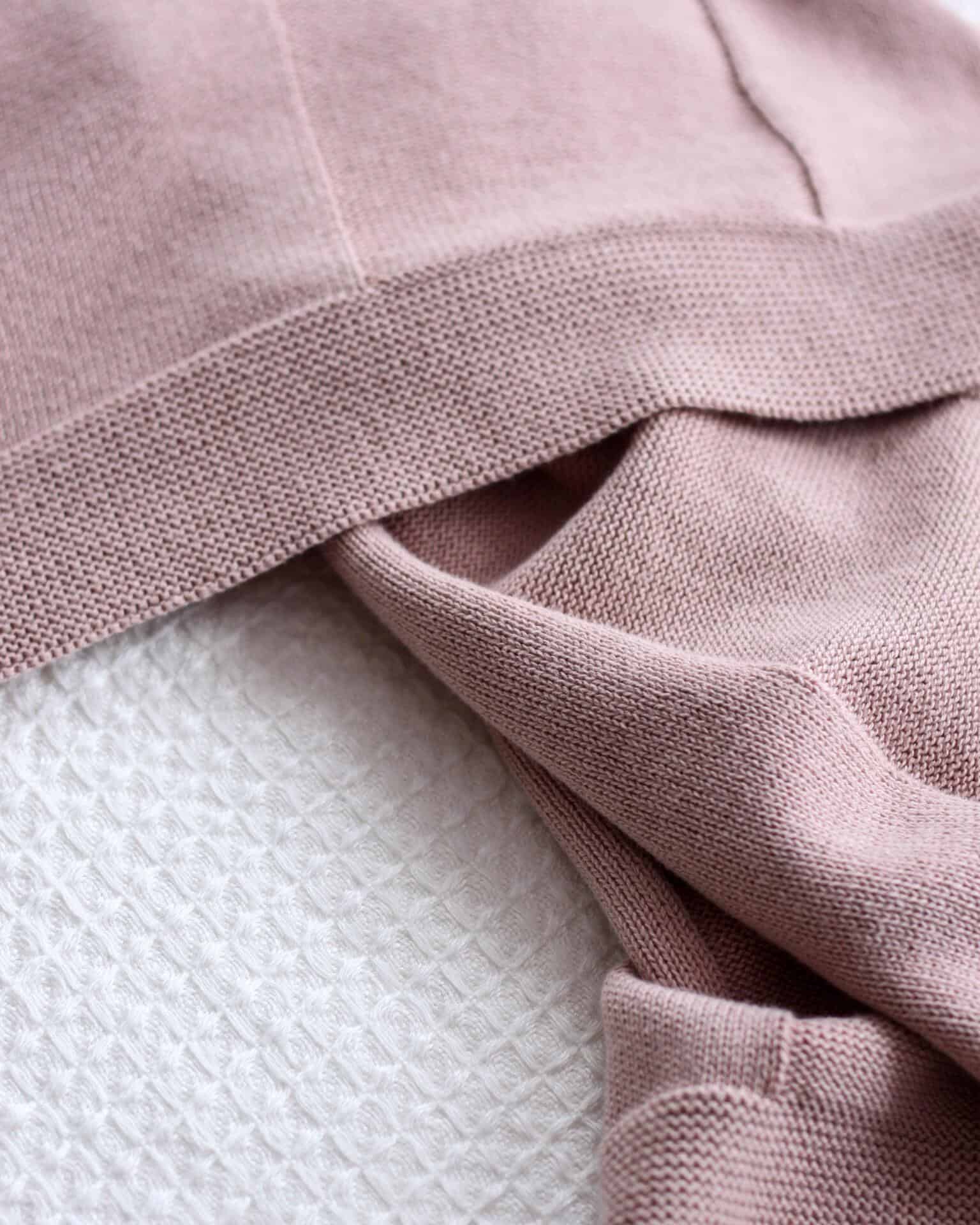Why should you wear wool in summer?
Discover why wool is so good for warm temperatures
We are usually told that the best materials for hot weather are cotton and linen...
...But what about tearing down the cliché that wool is just for winter?
Wool is probably the oldest fibre known to humans, as we know that sheep have been kept, looked after and wool spun from their fleeces for over 10,000 years in Mesopotamia, Asia and parts of Europe. Early tribes immediately fell in love with it, since it gave them what nothing else could give: softness and comfort, protection from heat and cold, from wind and rain alike, and which could absorb moisture without feeling wet, all properties that have been proving their worth for centuries, gradually leading to us to see that wool’s functionality is virtually unparalleled in the world of textiles.
Not only is it natural, renewable, recyclable and biodegradable, but also extremely versatile and SEASONLESS. Of course the latter depends on many factors, such as the kind of wool, its fineness and the way it is processed, but let’s see together 4 reasons why wool is the best material to go for in hot weather, and – why not – outdoor activities.
Wool is naturally...
Nr. 1
Moisture regulating
Sweat and hot weather goes hand in hand. Wool fibers are naturally hydrophilic, meaning water-liking, they attract and absorb water molecules. Wool can absorb up to 30% of its weight in water and still feel dry to the touch. As wool absorbs water molecules it pulls moisture away from the skin to the surface of the fabric where it evaporates. Wool is able to release moisture into the air more efficiently than most fibers. Not only can wool wick sweat from the wearer, wool can move water vapor before it even turns to sweat! Wool is able to release moisture, not just through holes in the fabric, but through the fibers of the fabric itself. Wool’s ability to absorb and release moisture from the air makes it one of the most breathable and therefore comfortable materials available.
Nr. 2
Temperature regulating
Sheep have evolved over millions of years and they have become pretty good at keeping themselves cool as well as warm. This is the reason why, in contrast to synthetics and other natural materials, wool is an active fibre that reacts to changes in body temperature and help you stay warm when the weather is cold, and cool when the weather is hot. This thermo-regulating property of wool come from its fibers’ natural rippled structure. In cold weather the natural crimp in wool fibers creates tiny pockets of trapped warm air that act as insulators, holding in heat next to the body. This same process has a cooling effect in warm weather, as wool releases moisture it absorbs heat from the wearer and the tiny pockets of air created by the crimp in the fiber trap cool air and insulate the wearer from warmer outside temperatures.
Nr. 3
Odour resistant
Wool is the best material to keep you smelling good after a hot day out in the sun. Its fibers can absorb large quantities of water vapour – twice as much as cotton and thirty times as much as polyester – thus keeping your skin drier and preventing the build-up of sweat, molds, bacteria and – as a consequence - unpleasant smells. It is like it already had an in-built washing machine: the keratin – the protein molecules in wool fibers – simply breaks down and lock away the odor-forming bacteria, which are only released upon washing.
Nr. 4
UV protective
Sun exposure is a typical danger in hot weather and one of the leading causes of premature aging, causing wrinkles, fine lines, skin pigmentation and age spots. Wool clothing provides good protection from the sun (UV protection factor of 30+) compared with the protection from other fibres. As a natural fibre, evolved over millions of years to protect sheep against the elements, wool literally absorbs UV radiations and keeps it away from the skin.

Where does wool's extremely functionality come from?

The complex chemical structure of a wool fibre is the actual point of origin. Wool – along with alpaca and cashmere – fibers have a unique scale structure and are strong member of protein fibers belongs to the group of α-keratin fibers. Their structure mimics as a composite material and it consists of keratin, cortical cells, cuticular cells, and cell membrane complex.
Wool fiber's breakdown
Nr. 1
Cuticle scales
Cuticle scales are tiny overlapping scales, which surround the wool fibre. There are three cuticles. Epi Cuticle is the outermost layer covers of the wool fibre; Exo Cuticle is the overlapping epithelial cell that forms the exocuticle and the Endocuticle is the intermediate connecting layer bonding the epithelial cell of the cortex of wool fibre. Moisture vapour penetrates beneath the scales, allowing the fibre to 'breathe'.
Nr. 2
Cortex
The cortex make up 90% of the wool fibre. There are two main types of cortical cells i.e. ortho-cortical and para-cortical. Each has a different chemical composition. In finer fibres, these two types of cells from in two distinct halves. The cells expand differently when the absorb moisture, making the fibre bend-this creates the crimp in wool. In coarser fibres, the para-cortical and ortho-chemical cells from more randomly so there’s less crimp. Fibre crimp makes wool fell springy and provides insulation by trapping air.
Nr. 3
Cortical cells
The cortical cells are surrounded and held together by a cell membrane complex, acting similarly to mortar holding bricks together in a wall. The cell membrane complex contains proteins and waxy lipids and runs through the whole fibre. It holds fibrils together and absorbs colour, allowing wool products to achieve deep vibrant colours, which don’t fade.
Nr. 4
Macro-fibril
Inside the cortical cells, there are long filaments called macro-fibrils. These are made up bundles of even finer filaments called microfibrils, which are surrounded by a matrix region.
Nr. 5
Matrix
The matrix consists of high sulphur proteins. This makes wool absorbent because sulphur atoms attract water molecules. Wool can absorb up to 30% of its weight in water and can also absorb and retain large amount dye. This region is also responsible for wool’s fire-resistance and anti-static properties.
Nr. 6
Macro fibril
Within the matrix area, there are embedded smaller units called micro-fibrils. The micro-fibrils in the matrix are rather like the steel rods embedded in reinforced concrete to give strength and flexibility. The micro-fibrils contain pairs of twisted molecular chains.
Nr. 7
Alfa helix
The protein chains that form the helical coil are the smallest parts of the wool fibre. They give wool its flexibility, elasticity and resilience, which delivers easy-to-live with, durable and wrinkle-resistant products.

About Manteco, Italian premium textiles and circularity since 1943
After decades in the fashion world, in 2018, we have created the Manteco Academy project, through which we give webinars, in-person lessons and workshops on eco-design, circular economy and sustainability to numerous fashion schools, technical universities and brands worldwide. Thanks to this educative commitment and our heritage, we are often invited as guest speaker at events, panels, podcasts and conferences about sustainable fashion and circular economy.

